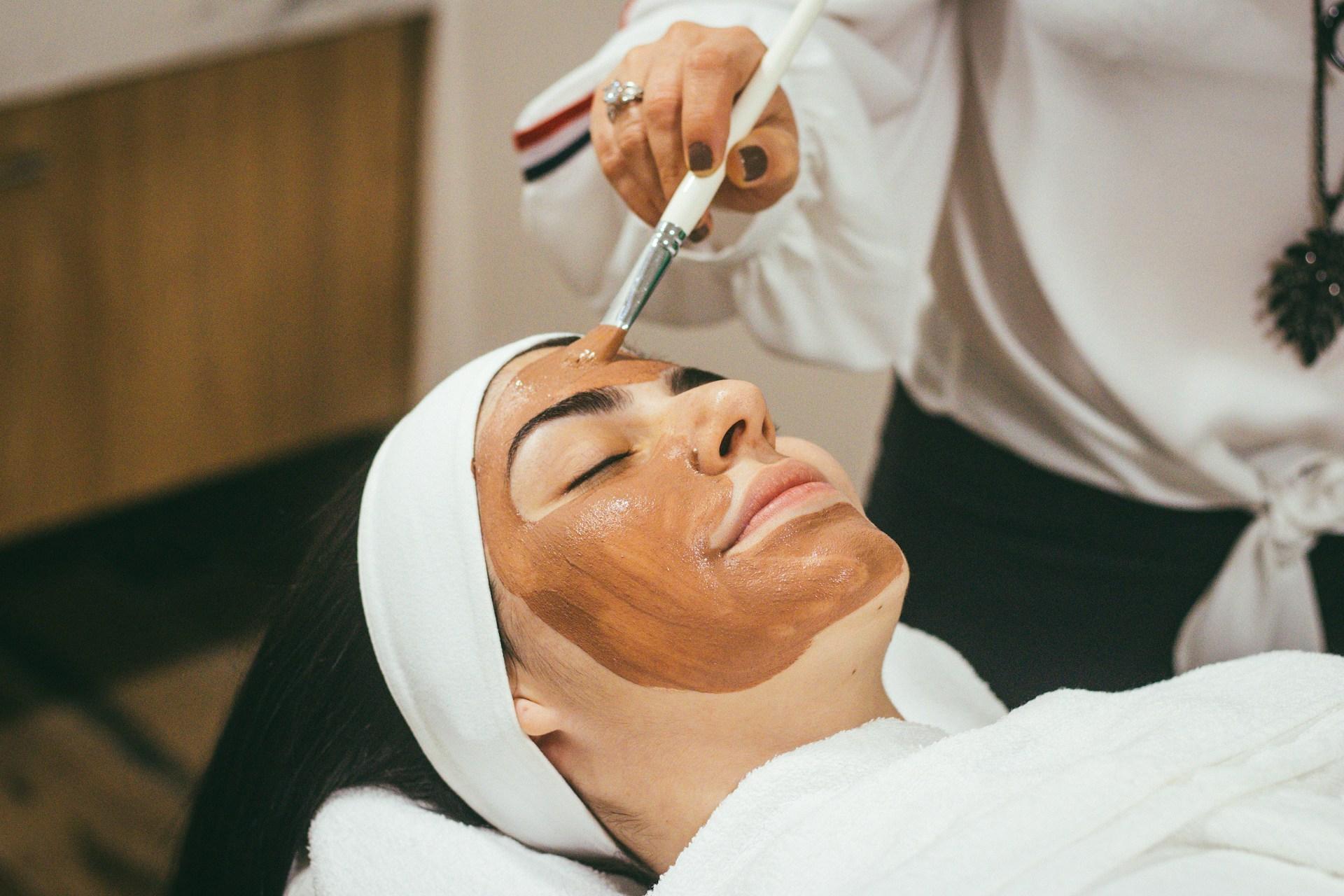A refreshed face speaks confidence! Facial filler can bring back what time softly takes away, redefining contours and restoring vibrancy. It offers a rejuvenated look that feels both natural and transformative. Whether it’s your first time with fillers or you are a seasoned user, you should understand how long they last. This guide will walk you through the various types of fillers used and the duration and factors that may affect them.
What are Facial Fillers
Facial filler, more commonly known as dermal fillers, are injections of substances applied to restore lost volume, smooth out wrinkles and folds, and enhance contours on the face. Four types of fillers are the most common. These include hyaluronic acid (HA), calcium hydroxylapatite, poly-L-lactic acid, and polymethylmethacrylate (PMMA), each with its own specific properties and the effects of how long they last.
Hyaluronic Acid Fillers
The most popular is hyaluronic acid fillers due to its natural compatibility with the human body. HA is a natural substance in our skin that works to maintain hydration and elasticity. Fillers like Juvederm and Restylane are types of fillers in this category.
Longevity: Usually, HA fillers last for six months to one year. However, the real duration is likely to depend upon the site of application. For instance, fillers injected in the lips are more probable to break down quickly because those are applied in active areas.
Calcium Hydroxylapatite Fillers
Calcium hydroxylapatite (CaHA) fillers, such as Radiesse, are made from a mineral-like compound found in bones. These fillers not only add volume right away but also help boost collagen production, giving longer-lasting effects.
Longevity: CaHA fillers can last one to two years, depending on the individual’s metabolism and the area treated. The fact that they encourage collagen production means you will still see some residual plumpness even when the fillers are absorbed.
Poly-L-lactic Acid Fillers
Poly-L-lactic acid (PLLA) fillers, such as Sculptra, work differently than traditional fillers. Instead of filling your face with instant results, it sends a signal to your body to increase its collagen so that the improvement occurs over several months.
Longevity: The PLLA fillers have results lasting up to two years; however, as the effects are gradual, you may need more than one session to attain the outcomes you want. Patients like this subtle transformation to look rejuvenated.
Polymethylmethacrylate (PMMA) Fillers
PMMA fillers, like Bellafill, help give a person long-lasting support and volume under the skin. They are usually used to address deeper wrinkles and redefine facial contours.
Longevity: PMMA fillers are semi-permanent and may last up to five years or more. But they do require much planning, as the results from using the filler will last long and cannot easily be reversed.
Factors Influencing Filler Duration of Action
Although the filler type is a major determinant of the period that the results last, other factors can affect how long the desired results will last:
1. Metabolism
Each body is different and breaks down various substances in a unique way. Those with faster metabolisms may dissolve the fillers more quickly, meaning their results will not last as long.
2. The Injector Technique
This is strictly a matter of injector skill. A professional injector knows where and how to inject fillers so that their effect lasts longer. Proper technique makes the filler bind longer to the adjacent tissues.
3. Area Treated
Dynamic sites such as lips and nasolabial folds will naturally resorb fillers more quickly than sites that are relatively static (cheeks, for example). Be careful while choosing an appropriate decision regarding what type of filler is right for you.
4. Lifestyle Factors
Your lifestyle, too, can contribute to the lifespan of your fillers. Smoking, too much exposure to the sun and sugar-based diets can increase skin aging effects and shorten the lifespan of your fillers.
5. Aftercare
You need to take good care of your injector’s advice regarding aftercare. You should avoid extensive exercising, extreme temperatures, or using certain skincare products for a little while after treatment so that you do not compromise your results.
Making the Most of Your Fillers
To extend the duration of your fillers, consider the following:
- Get the Right Filler: Seek an aesthetic professional qualified enough to let you know which filler would be best suited for achieving the desired outcome and look.
- Drink Plenty of Water: Hydration keeps your skin firm, healthy, and flexible.
- Apply Sunscreen: Your sun protection can prevent the early aging of your skin and help extend the lifetime of your fillers.
- Touch-Ups Needed: Depending on the filler, you should visit the clinic every six months to a year to revisit your perfect shape or aesthetic.
Conclusion
Now that you know how long fillers last and what influences their longevity, you can be more savvy when it comes to your beauty treatments. Whether you opt for cheek fillers with hyaluronic acid fillers or a more permanent procedure, the most important thing is to seek a qualified professional who can walk you through the whole procedure. In the right approach, you obtain young, vibrant-looking skin whose features are enhanced for months or even years ahead. Go for this self-improving journey and just remember that the best beauty secrets are those that will make you feel confident and radiant.
